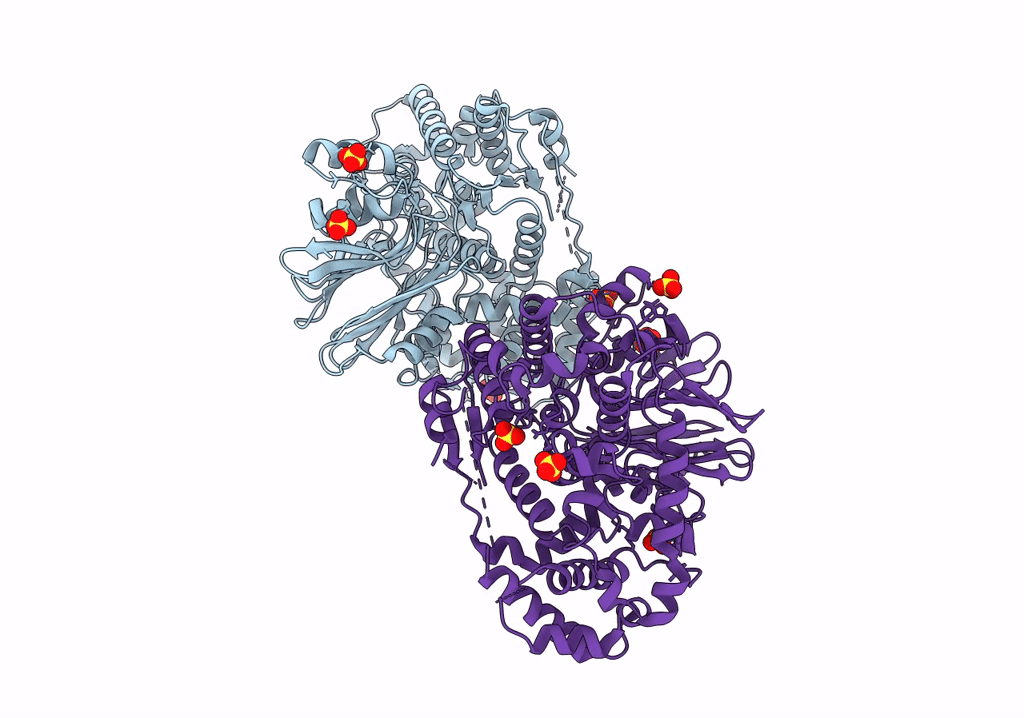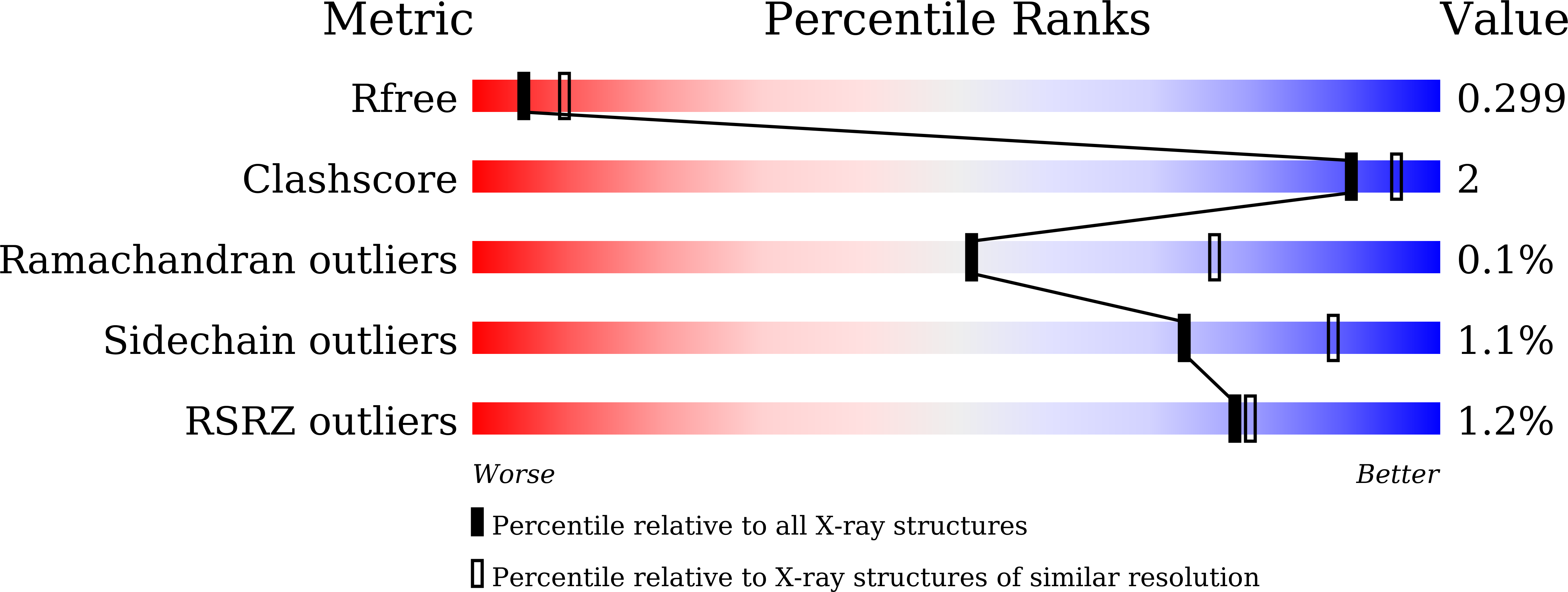
Deposition Date
2022-07-27
Release Date
2023-05-31
Last Version Date
2024-04-03
Entry Detail
Biological Source:
Source Organism:
Streptomyces sp. RM72 (Taxon ID: 1115510)
Host Organism:
Method Details:
Experimental Method:
Resolution:
2.72 Å
R-Value Free:
0.29
R-Value Work:
0.26
Space Group:
P 1


